How a receipt for XL underwear ended my marriage
Wally and Jackie Lewis, Bill and Melinda Gates and Barnaby and Natalie Joyce are part of a growing trend of couples splitting up later in life - often due to infidelity. The ‘silver splitter’ trend is leaving loving spouses jilted, heartbroken and financially ruined.
News
Don't miss out on the headlines from News. Followed categories will be added to My News.
It was a receipt lying on her lounge room floor that turned her world upside down. Lyell Lamborn knew there had been some troubles in her marriage of 26 years but believed she and her husband were on a path to working things out.
But the receipt – for women’s XL underwear – revealed a very different reality. The purchased underwear was not in a size that would fit her or her daughters and it sent a flush of panic up Lamborn’s spine.
When she later asked her husband about it, she discovered, at age 58, her marriage was over and that he had been “love bombing’’ another woman for more than a year.
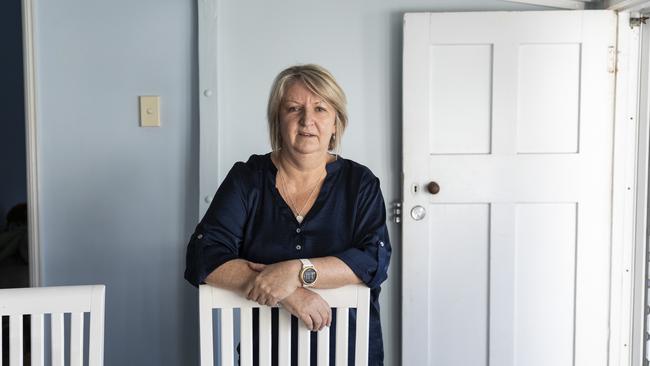
Lamborn is one of an increasing number of people who have experienced the phenomenon of “grey divorce’’ – couples aged in their 50s and 60s calling it quits on their marriages.
Also known as “silver splitters” or “diamond divorcees”, the number of older couples divorcing has been steadily increasing over the past few decades.
Digital exclusive: Read Qweekend the day before it’s printed
And there have been plenty of recent high-profile splits that conform – American business magnate and co-founder of Microsoft Corporation Bill Gates, 65, and his wife of 27 years Melinda, 56; rugby league legend Wally Lewis, 61, who split from his wife Jackie after 36 years of marriage; deputy Prime Minister Barnaby Joyce, 54, who left his wife Natalie after 24 years of marriage.
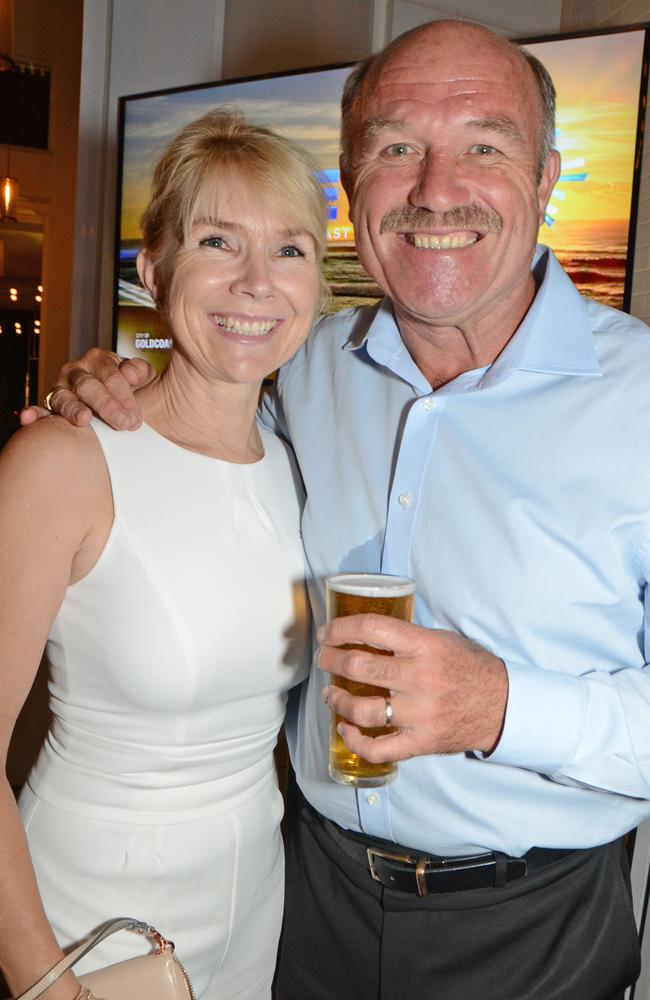
Australian Bureau of Statistics show there are now almost double the amount of divorces in the 60-64 year age bracket than there was 30 years ago.
Lamborn, 60, was with her husband for almost three decades and they have two daughters aged 26 and 24.
She says the break-up has caused her financial stress and up-ended any retirement plans of travel or buying investment property.
The couple are financially separated, though still technically married. Lamborn refuses to pay the $1000 fee to initiate divorce proceedings “on principle” and is not in another relationship. (“He cheated on me, he’s the one who has moved on with someone else.”)
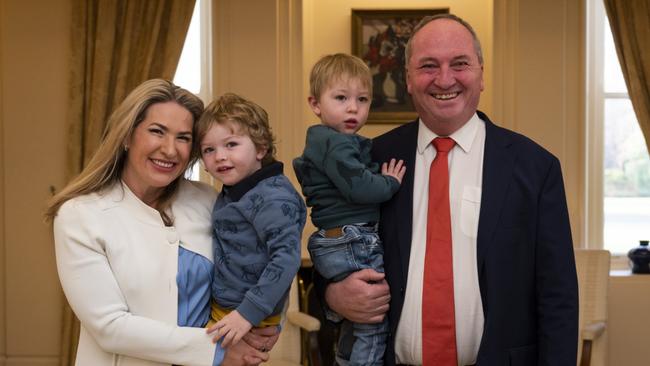
Now renting a small house on Brisbane’s southern bayside, Lamborn, who works full time in IT, says she will need to remain in the workforce for at least another decade because she is running out of years to ensure she has enough money to support her in her older years.
She says she is unlikely to be able to buy a property by herself.
“I’m living in as cheap a rental property as I can get,’’ she says. “To get another house, because of my age, banks don’t want to know me.
“I’ve got a cash deposit and I have a full-time job that can support a mortgage but I’d be lucky to get a 10-year mortgage.
“That is limiting because the repayments would be higher for a shorter time.
“I’m lucky to still be earning the income I do but I can see I will have to continue working into my 70s. I’ve got to keep a job.
“I really don’t know where I’m going to go in my older age. It’s a big worry for me.
“If this happened 10 years earlier, I would have been in a better position to be able to build myself up financially but being older it is so much harder.’’
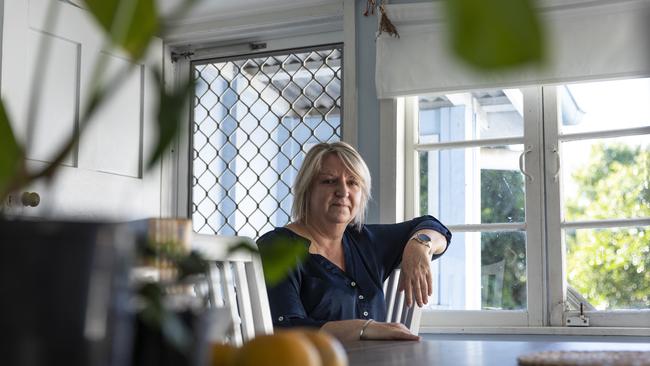
The reasons for more later-life divorces are broad but commonly involve couples “growing apart’’ and wanting different things from retirement years.
We are living longer too, so there are potentially more healthy, active years to be had – and more years being married.
Sydney-based separation and divorce adviser and former lawyer Jacqueline Wharton says divorce is “most contagious” when adult children leave home, and near retirement age.
“People can go on different paths. And maybe they have been on different paths for a long time but the children are the glue that has kept them together,” she says.
“It’s often women around that age that leave. If the woman has been the primary caregiver and the children leave, there are a lot of question marks about her role. She starts to focus on herself and her own needs, probably for the first time since she had children.
“She’s raised the kids, she wants to be more independent, often to rediscover herself and build a new identity because her identity has been lost. Men have often had that time in their careers.’’

Relationships Australia Queensland senior clinical supervisor Kate Lloyd says other issues for older couples include differences in sex drives, spending habits and levels of activity.
It’s also a time, she says, when addictions can increase – in gambling, alcohol use and prescription medicines.
Stress levels in retirement can rise from a change in lifestyle with less income and simply spending more time together. Domestic violence may also increase.
Lloyd says social media may play a role in divorce rates because people are endlessly comparing themselves to others – what holidays others are taking, how property and house prices rate, what possessions other people have.
There was also a big emphasis on “being happy”.
“We are not as aware or accepting of the different phases of relationships, we expect to be in love all the time,” she says.
“Society has changed … we have a different way of looking at life now and social media impacts on that. It plays into that throwaway society and instant gratification. We want to feel good now.”
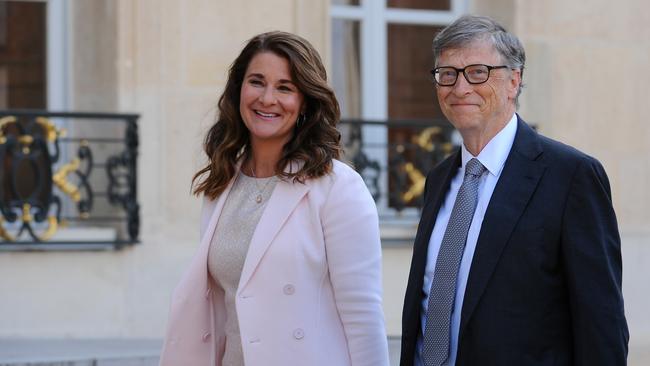
Lloyd says more specialised senior support services have been set up to deal with breakups later in life, including an elder mediation service for separating couples.
Advice is also offered on how older couples can build a new friendship with each other. For older single people, there is help with regards to meeting new people and support for loneliness.
“Older couples seeking relationship help is more common than it used to be,” Lloyd says.
“I’ve had couples in their 90s come to us. One couple had been together for 65 years and 65 years of resentment is a lot to unpack.”
There have also been fundamental social changes.
Since no-fault divorce was introduced in Australia in 1975, there has been a slow ebbing of the stigma associated with divorce. Today, divorce is seen more as an understandable circumstance.
Even the English royal family – traditionally held up as the gold standard of good manners and correct behaviour – has accepted this once highly-scorned social state.
Divorce was once so impermissible to the royals that the trajectory of those in line to the English throne was famously forever altered in 1936 when King Edward VIII triggered a constitutional crisis and abdicated the throne when he insisted on marrying American divorcee Wallace Simpson.
But now Prince Charles, the heir apparent to the British throne, is himself divorced (from Princess Diana) and married to another divorcee, Camilla Parker Bowles. Charles’ son Prince Harry is also married to an American divorcee.
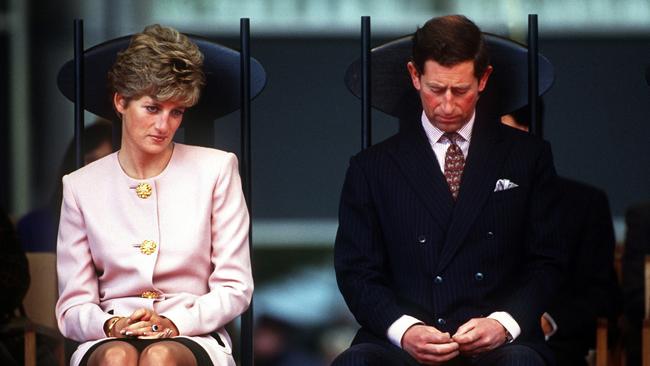
Social researcher Mark McCrindle, founder and principal of McCrindle Research, says the royal family has historically been seen by many as the “icon of manners and social desirability and what is expected”.
“If we go back to Charles and Diana’s divorce, it wasn’t the shock it would have been in prior eras. It all shows a change socially to how marriage and divorce is accepted,” he says.
McCrindle says statistics show that divorce rates overall are on the decline in Australia. But for those aged in their 50s and 60s, the divorce rate has been increasing.
“When we look at it over the long term – over the past 30 years, since 1991 to current data – the crude divorce rate per 1000 people in Australia has gone down,” he says.
“It’s also fallen in each of the age categories for those under 40. Divorce rates in total are going down among younger people, which is where divorces traditionally peak. But for people, particularly those in their 60s, divorce rates have gone up significantly. They have almost doubled over that time.”
Statistics show there have been other significant changes regarding divorce. Couples are marrying later in life and marriages that do end in divorce are lasting longer.
Consequently, where the majority of marriage breakups used to involve dependent children, now only the minority do.
The divorce rate in marriages lasting more than three decades has increased from 6.3 per cent in 1999 to 9.9 per cent in 2019.
De facto relationships are also now common.
Those who do marry are choosing to do so because they believe in the institution of marriage, rather than marrying because they want to move in together and have children.
“In the past, if it wasn’t the happiest of marriages, well, you just stuck with it,’’ McCrindle says.
“These days, the 50s, 60s and beyond are more empowered, have more social freedoms and are happy to make life-changing decisions regardless of their age.
“There’s not the same pressure to stay together the same age group felt in the past.
“And by the time people are hitting their 60s, they are far from the old-fashioned stereotype of retirees or pensioners. They have a couple of decades of active living to go and they are looking for their happiness in the years ahead.”

Kate Fraser, 64, of Toowoomba, divorced her husband after 35 years of marriage in her late 50s. The couple have two daughters, now aged 39 and 37.
Fraser says she and her husband were “very optimistic about our marriage” and fancied themselves “progressive thinkers”. Fraser, an accountant, did not change her surname and their daughters were given her surname as their middle name.
“It was important to me not to change my surname because I thought I don’t want to be consumed by someone else’s personality,” she says.
“But I think that’s probably what I allowed to happen anyway. We ended up filling fairly traditional patterns of married life – of me looking after the childcare and the home and my husband becoming very motivated with his career and standing in public life.”
Fraser was happy to look after her daughters at home full time when they were small and then returned to work part time when they were aged about five and three.
But, ultimately, her marriage was laid in the foundations of the 1960s and ’70s when “the influence of patriarchy ran strong”.
“In our marriage, like many others, the achievements and public profile of the husband took centre stage,” Fraser says.
“Our marriage had been built on growth and development and achievement of my husband while I was just a support act.”
In her early 40s, Fraser, who is now a Uniting Church minister, began studying theology and sociology which is where she first learnt about the concept of patriarchy.
“I heard about how a healthy marriage was one where both partners delighted in the growth and development of the other,” she says.
“I sat there absolutely stunned and realised that if that was a healthy marriage, then I didn’t have one.”
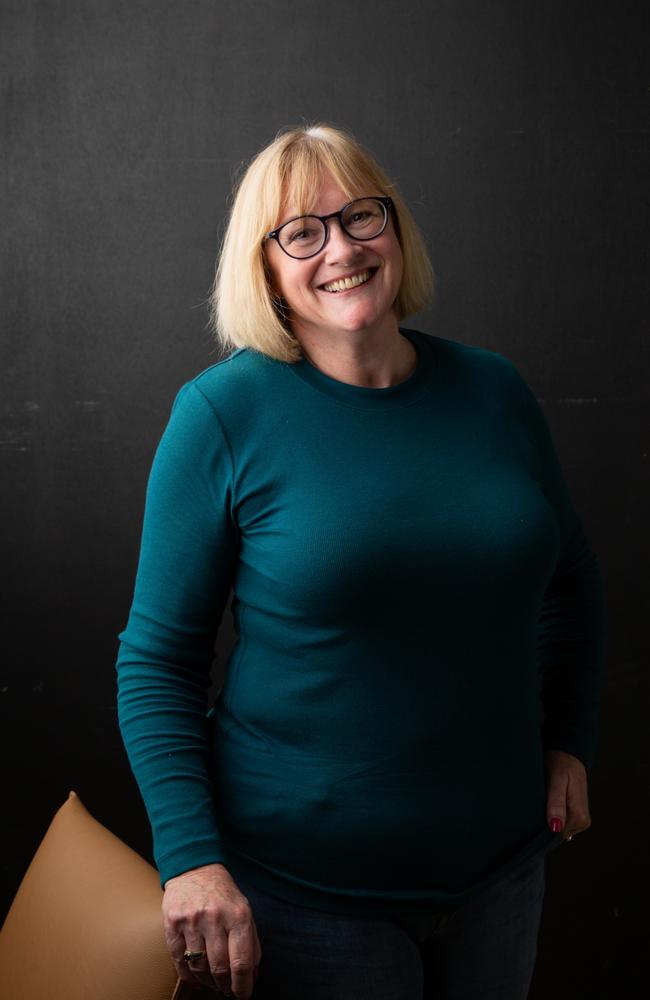
Fraser says many women whose marriages were based on inequality are now less likely to put up with unequal partnerships and are “prepared to draw a line under how they are treated”.
However, she believes many men haven’t been able to make the adjustment or achieve the “same emotional growth or awareness”.
“The attitude of many older women has shifted. Women who may have entered into a marriage with patriarchal undertones are no longer afraid to call a stop to their predicament,” she says.
“A lot of men still have an attitude that they are entitled. But many women are not going to put up with that rubbish anymore.”
After her marriage ended, Fraser suffered loneliness and depression and was “very hopeful” she would find another relationship. For several years, she actively tried to find another partner through online dating.
However, she found the men she met to be equally unappealing.
“The people I’ve met are men who talk over the top of you, who are full of their own sense of importance, who are totally focused on their own story and don’t even recognise that you have a story of your own. Why would I put up with that shit?” she says.
She has now accepted she needs to create her own happiness and is no longer looking for anyone else. In 2019, Fraser moved to Toowoomba and purchased a house “half and half” with another divorced female friend.
“It used to be that if you were in an unhappy marriage, you just had to put up with it,” Fraser says.
“But I would say to any woman that being free from feeling oppressed in a marriage is worth every bit of struggle.”
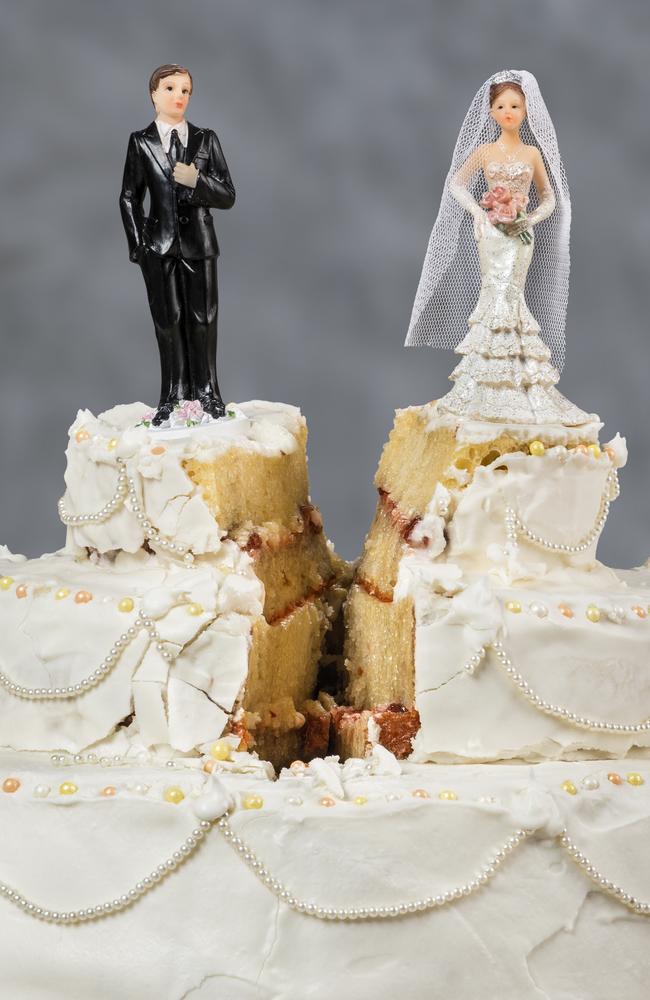
Divorce is no picnic and, financially, it’s a disaster. For older couples, with their peak earning capacity behind them, it can be particularly disruptive.
“Divorce is one of the worst financial decisions you can make. But that doesn’t mean it’s the worst decision you make,” Wharton says.
“The social stigma of divorce has largely disappeared but the downside to divorcing later in life is a financial one.
“Older divorcees may find themselves having to delay retirement and work until they are older, assuming they can actually find work.
“Women may find it particularly difficult to re-enter the workforce or may be forced to work in low income jobs to make ends meet.”
The 2017 Household, Income and Labour Dynamics in Australia (HILDA) survey found single older women aged over 60 are the most likely household type to live in poverty.
Jennifer Hetherington is a Brisbane family law specialist who has “holistic” Divorce Hub and Divorce Hub Legal at Milton, providing financial, counselling and legal support services to couples.
She says grey divorce can take a serious financial toll, particularly on women.
“Good financial advice is really important. A challenge, particularly for women, is lack of superannuation because they have usually spent less time in the workforce and also because of a gender pay gap. We usually find the male in the relationship will have much more superannuation than the female,” she says.
“When people divorce when they are older, they haven’t necessarily planned for that. Suddenly, instead of a pool of superannuation to support two people in one household, there is a split superannuation across two households.
“If you are approaching retirement age, or are already retired, you don’t have the capacity to rebuild through your income.”
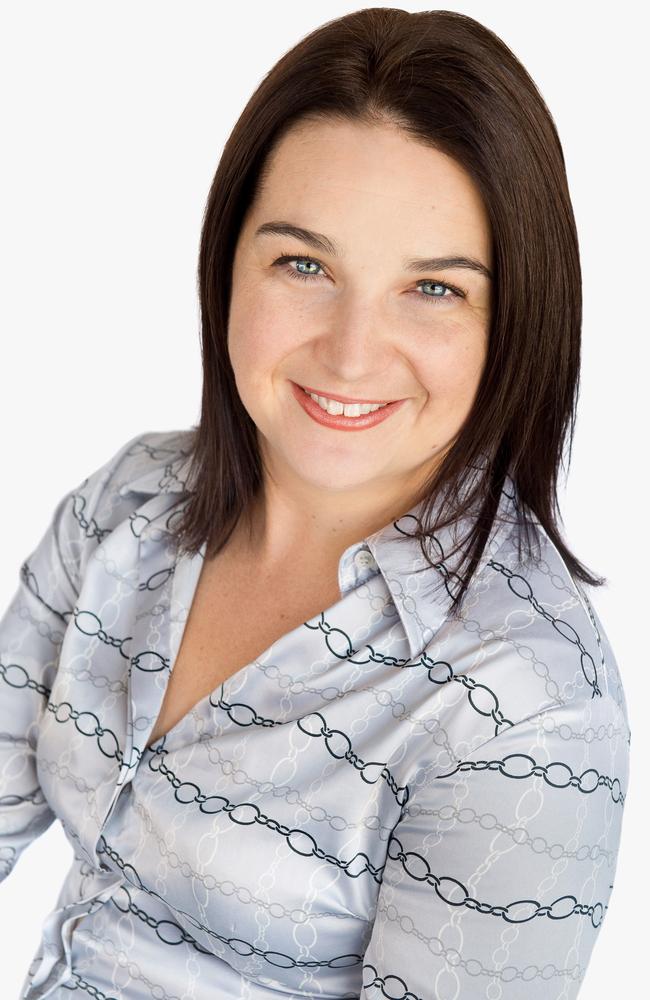
Nearly three years since her marriageseparation, Lamborn is still seeing a psychologist to help her navigate the emotional trauma of the split.
“To quote Princess Diana, I didn’t know there were three of us in this marriage,” she says.
“The marriage had been in trouble, up and down, but I thought we were working on it.
“We’d talked about working on it. I thought we were in the marriage to the end and I was prepared to try and make it work. I thought I would be standing there crying at his funeral.
“But he was telling me one thing and doing another. When I questioned him about the underwear receipt, his words to me were, ‘It’s actually none of your business.’
“I was absolutely distraught. In his mind he had already separated from me but I didn’t even know that.’’
After the sale of their newly renovated house and financial settlement, Lamborn, who lives by herself (“a new relationship is the last thing that I want”), bought herself a new car – something “reliable that wouldn’t break down”.
She hopes by telling her story, she might be able to help someone else going through a similar situation.
“When you are 58 years old, you look at it going, “How am I going to earn any money?’’ I didn’t have any savings other than matrimonial property.
“I don’t feel 60 and I don’t act 60 but I have heard of grey divorce and I think, ‘Oh my goodness, that’s me.’”
As a way to cope with the heartache, there is a bit of humour too.
“My friends and I call him Old and Confused and her XL (because that was the size of the underwear on the receipt),” Lamborn says.
“It’s a joke for us to say that but, really, it’s all terribly sad.”
The smart way to keep up to date with your Courier-Mail news
Originally published as How a receipt for XL underwear ended my marriage


